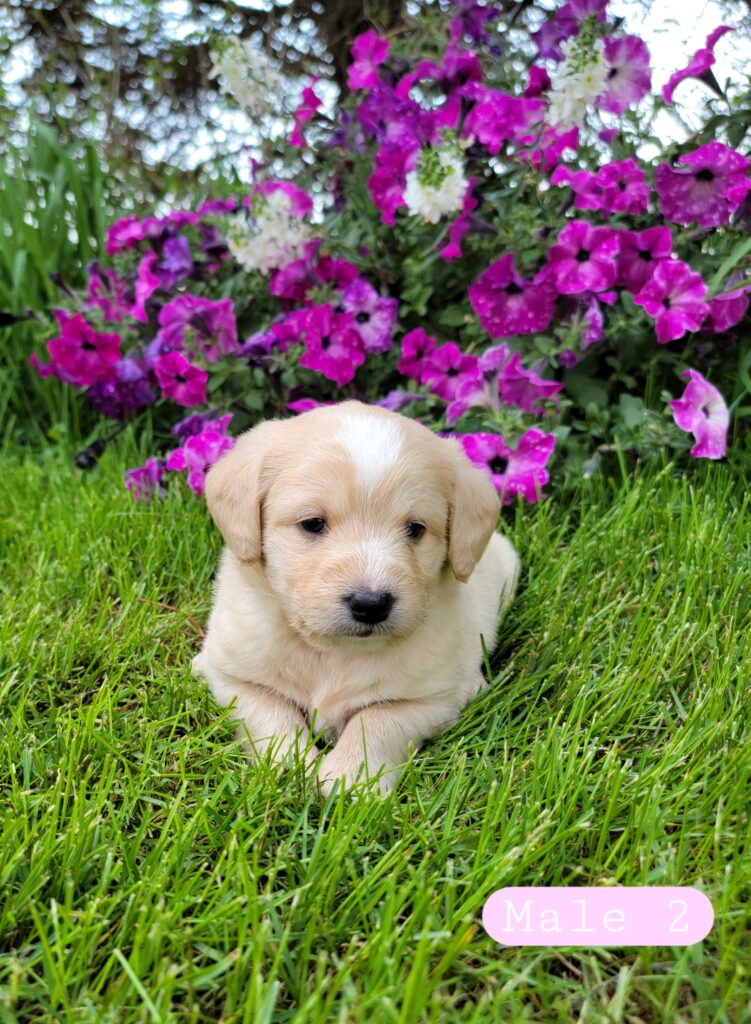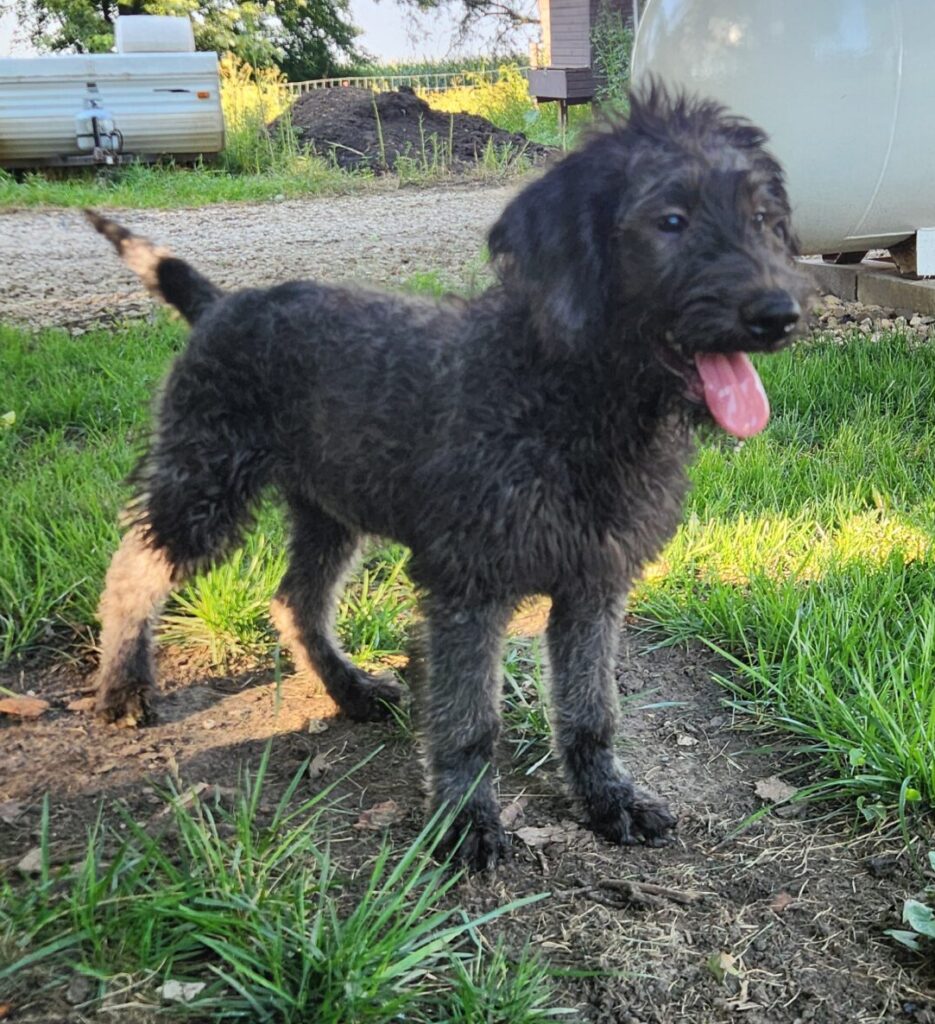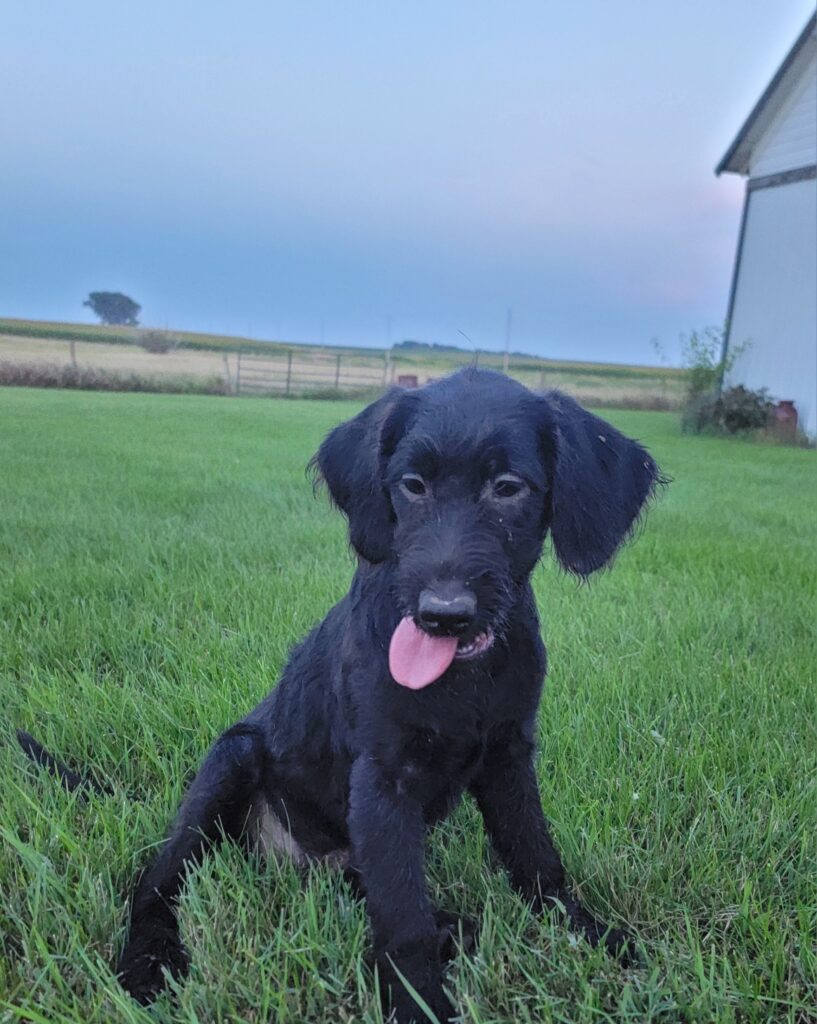Understanding Labradoodle Hypoallergenic Qualities
Introduction:
Is a Labradoodle Hypoallergenic? Labradoodles are renowned for their hypoallergenic qualities, making them an ideal choice for individuals with allergies. Understanding the hypoallergenic nature of Labradoodles is essential for prospective owners seeking a canine companion that minimizes allergic reactions. In this essay, we delve into the hypoallergenic characteristics of Labradoodles, exploring their coat types, grooming needs, and suitability for allergy sufferers. We will also examine how their Poodle lineage contributes to these qualities and discuss tips for maintaining a clean environment to further reduce allergens. This comprehensive understanding will help potential owners make informed decisions about welcoming a Labradoodle into their homes.
Labradoodle Hypoallergenic Coat Types:
Labradoodle hypoallergenic coat qualities are inherited from their Poodle parent, whose coat is known for producing fewer allergens than other breeds. Labradoodles typically have three main coat types, each offering varying degrees of hypoallergenic properties: the curly coat, the wavy coat, and the straight coat. Each type not only affects the dog’s appearance but also influences how much grooming is required. Understanding these coat types is essential for prospective owners, especially those with allergies, as it helps ensure they choose the best match for their lifestyle.


1. Wool Coat:
Labradoodles with a wool coat closely resemble the curly, dense coat of their Poodle ancestors. This coat type is highly hypoallergenic, as it sheds minimally and produces less dander and saliva, which are common allergens for sensitive individuals. Wool coat Labradoodles require regular grooming to prevent matting and maintain their hypoallergenic qualities, ensuring they remain comfortable and healthy. Additionally, consistent grooming helps to keep their coat looking its best, promoting a shiny, well-kept appearance that enhances their overall charm and appeal. Owners should also consider using specific grooming tools designed for hypoallergenic breeds to achieve optimal results.
2. Fleece Coat:
Fleece coat Labradoodles have a soft, wavy coat that is less tightly curled than the wool coat. While still hypoallergenic, fleece coat Labradoodles may produce slightly more dander and shed minimally compared to wool coat varieties. Regular grooming is essential to keep the fleece coat free of tangles and mats, ensuring optimal hypoallergenic benefits. Additionally, brushing should be done several times a week to maintain the coat’s texture and prevent any buildup of loose hair.
Owners should also pay attention to their dog’s skin health, as a clean and well-groomed coat contributes significantly to overall comfort. Regular baths with suitable shampoos can further enhance the coat’s softness and appearance while minimizing allergens in the home environment.


3. Hair Coat:
Labradoodles with a hair coat have a straight or slightly wavy coat similar to that of Labrador Retrievers. While less hypoallergenic than wool and fleece coats, hair coat Labradoodles still produce fewer allergens than many other dog breeds. This coat type may require more frequent grooming to manage shedding and minimize allergen exposure.
Suitability for Allergy Sufferers:
Labradoodles are widely regarded as a hypoallergenic breed, making them suitable companions for individuals with allergies or sensitivities to pet dander. Their low-shedding coats and minimal production of allergens help reduce the risk of allergic reactions, allowing allergy sufferers to enjoy the companionship of a canine friend without compromising their health and well-being. However, it’s essential for prospective owners to spend time with Labradoodles to assess their individual allergic reactions before bringing one into their home.
Grooming Needs:
Regardless of coat type, proper grooming is essential for maintaining the Labradoodle hypoallergenic qualities. Regular brushing helps remove loose fur, dander, and debris from the coat, reducing allergen buildup and minimizing allergic reactions. Additionally, routine bathing with hypoallergenic shampoo can help keep the coat clean and free of allergens. Trimming the coat, particularly around the ears, paws, and sanitary areas, can further reduce allergen exposure and prevent matting.
Conclusion:
In conclusion, Labradoodles possess hypoallergenic qualities that make them an excellent choice for individuals seeking a canine companion that minimizes allergic reactions. Their wool, fleece, and hair coat types offer varying degrees of hypoallergenic benefits, with regular grooming playing a crucial role in maintaining optimal coat health. Labradoodles’ suitability for allergy sufferers allows them to bring joy, companionship, and comfort to households without exacerbating allergies. By understanding their hypoallergenic characteristics and grooming needs, prospective owners can confidently welcome a Labradoodle into their home, enriching their lives and fostering a harmonious relationship with their furry friend. For more information about the labradoodle hypoallergenic qualities you can visit pawsandpup.com
